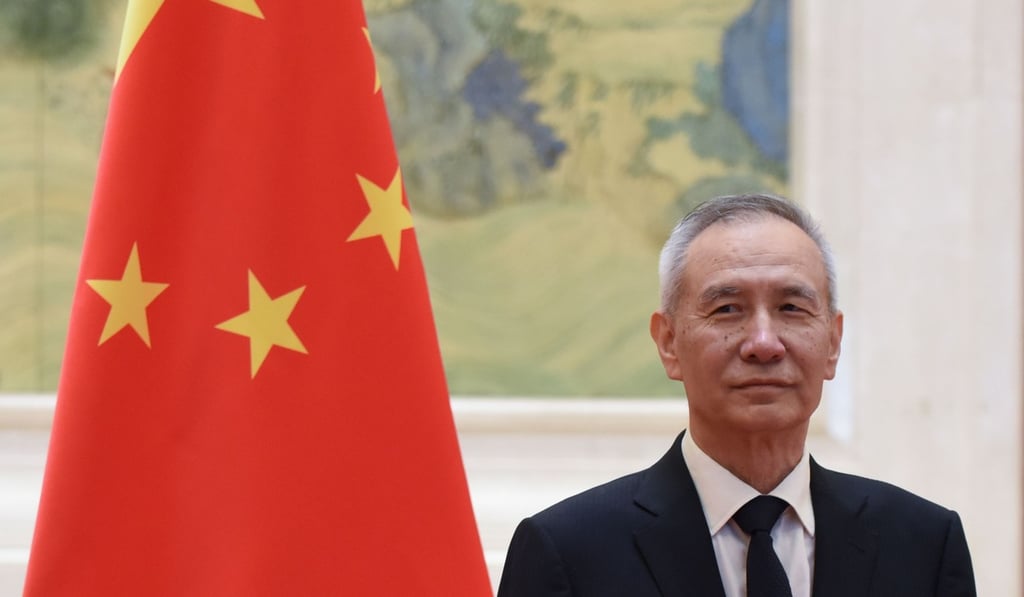Opinion | US and China: who tried to avert a trade war and who forced it?
The two have moved in entirely opposite directions over the past six weeks when it comes to fulfilling the bilateral obligations stemming from their May 19 agreement

Canada went first, imposing duties on US$12.5 billion of US exports on July 1 (appropriately also Canada Day) in response to Trump’s steel and aluminium tariffs that kicked in last month.
On July 5, Mexico followed suit with its second tranche of duties on US$3 billion worth of US exports – mostly agricultural products, also in response to Trump’s steel and aluminium tariffs. On Friday, US$34 billion worth of Chinese exports to the US across 818 tariff lines were subject to an additional 25 per cent duty.
US-China trade war: not about trade, not about Trump. Here’s what it is about

China has ‘nuclear options’ in trade war with US … really?
In exchange for setting aside tariffs, the US was to enjoy ramped-up agriculture and energy sales in the Chinese market, ensure that Beijing’s patent laws got appropriately tweaked, obtain gradual investment liberalisation in additional Chinese sectors, and subject Chinese investment in the US to qualitatively more checks. They released a statement on May 19 that confirmed their consensus and in an Oval Office meeting, Trump blessed it expressly.
